Core Technologies
Quantum Information Processing, Intelligent Robotics, Computational Science, Mathematical Physics and Matter Physics, Mathematical Informatics, Transportation Engineering
PROJECT

Undertaking the Challenge of Transforming Energy Systems to Achieve a Carbon-neutral Society

Realizing a Sustainable, Circular Mobility Society

Creating Forms of Manufacturing for the Next Generation

Human Centered Space Design for Well-being

Creating the Future of Mobility Leading to Next Generations

Conceiving Breakthroughs Ahead of Their Time
CORE TECHNOLOGY AREA
Quantum Information Processing, Intelligent Robotics, Computational Science, Mathematical Physics and Matter Physics, Mathematical Informatics, Transportation Engineering
Quantum computers are expected to be used in solving large-scale optimization and design problems for which conventional computers are impractical because they require enormous amounts of computational time. Examples of these types of problems include traffic flow control throughout cities to achieve highly energy-efficient movement, and the structural design of lightweight yet high-strength vehicles and parts. As an example of an application in the mobility field, we have shown that reducing the traffic signal control optimization problem to an energy minimization problem based on the Ising model enables quantum computers to perform high-speed, high-efficiency calculations for signal control of 2,500 signals positioned to simulate a wide-area road network. We engage in initiatives that use quantum computers from the dual approaches of applied research and fundamental algorithm construction in aims of creating the future of manufacturing, and of discovering solutions to the challenges faced by society.
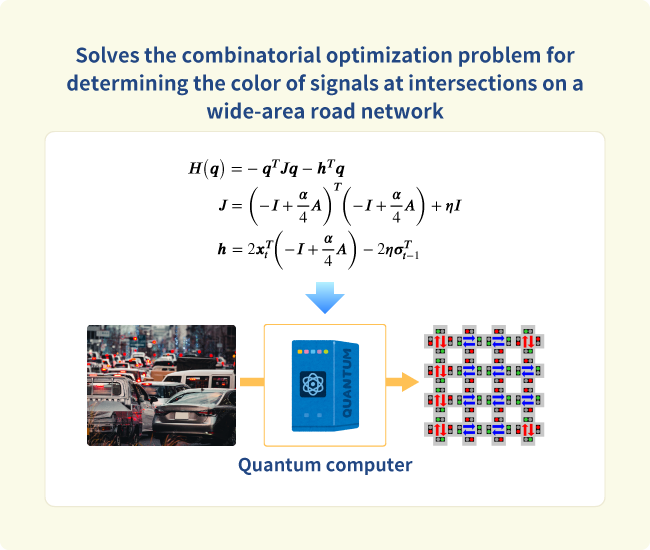
Topology optimization is a mathematical technique used to derive the optimal shape and arrangement of structures to meet specific design objectives, such as maximizing rigidity or minimizing weight. We have applied this method to various design challenges and continue to refine our approach.
While conventional topology optimization focuses on static three-dimensional structures, 4D topology optimization incorporates temporal evolution, allowing for the optimization of both shape and motion over time.
For example, we applied 4D topology optimization to the design of soft robots made from flexible, rubber-like materials. Soft robots are increasingly gaining attention due to their inherent safety in collisions and adaptability to different environments.
However, their unpredictable behavior often requires extensive trial and error during the design phase. By incorporating actuator placement and the robot’s time-dependent behavior resulting from actuation, 4D topology optimization offers a more systematic and efficient design process.
We demonstrated that this approach can generate complex structures—such as limbs and a central body—that enable robots to move, rotate, and control their posture in ways that resemble living organisms. We developed and successfully validated a pneumatically powered prototype based on this method.
Beyond soft robotics, this technology holds promise for a wide range of applications, including structures capable of dynamically adjusting their size through folding and unfolding, as well as adaptive seating systems designed to reduce physical strain over time.
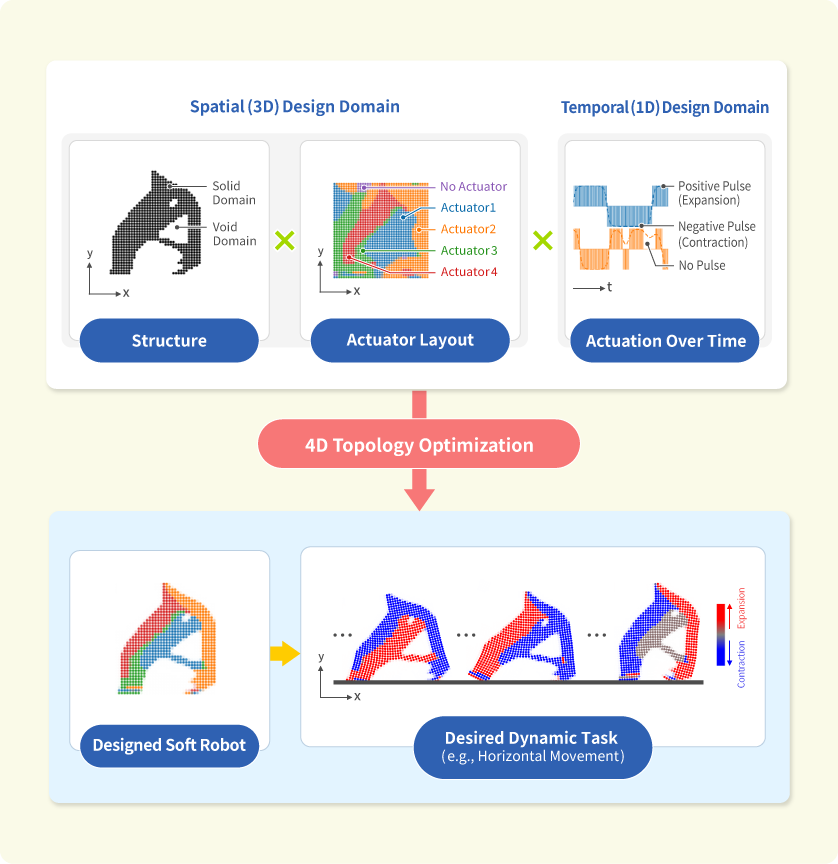

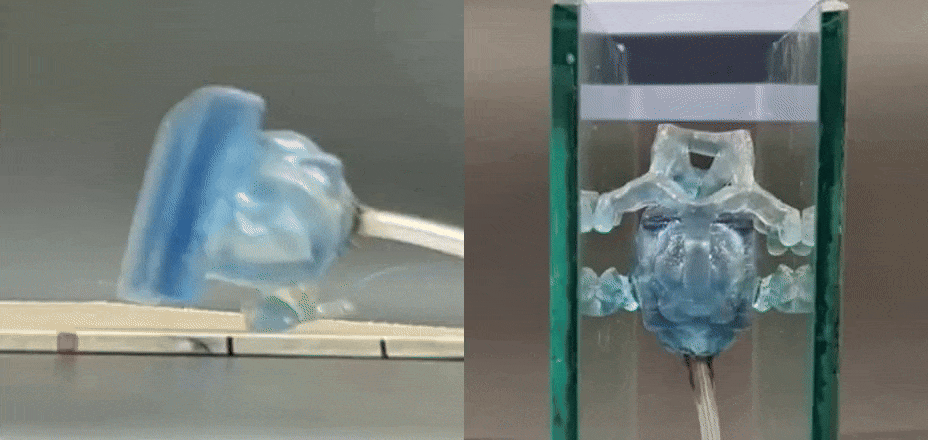
Our research focuses on the mathematical modeling of complex natural phenomena using machine learning models that incorporate physical laws and constraints as prior knowledge. One application of this work is providing more detailed climate projections.
Accurate, long-term climate projections are necessary to address climate change issues. The spatial resolution of climate information must be at least a few square kilometers. However, most current global climate simulations use grid spacings with a resolution of approximately 100 kilometers.
To fill this resolution gap, a research team from the National Institute for Environmental Studies (NIES) and our company developed a downscaling method for temperature and precipitation, called “πSRGAN”. This method improves accuracy by incorporating auxiliary information, such as sea level pressure and topography, into machine learning. These factors are considered to be highly climatologically correlated with the targeted variables.
Therefore, detailed information on several square kilometers can be obtained from predicted information on the order of 100 km. Further verification using real data shows that, in addition to local temperature and precipitation statistics, the relationship between distant climatic phenomena can be rapidly projected in detail.
This technology is expected to be applied not only to downscale climate information, but also to understand and control difficult-to-elucidate phenomena, such as the behavior of powders and complex fluids.

In an effort to realize robotic systems that improve production efficiency, as well as that operate robustly even under complex environments and task commands, we aim to build intelligent technologies that rely on coordination among multiple robots. As one such initiative, we devised a learning algorithm that efficiently shares training data among different types of robots, which has generally been considered a challenge, for the purpose of efficiently applying high volumes of image data obtained from robot groups and sensor networks within facilities. By augmenting the image data collected with three-degrees-offreedom (DoF) mobile robots, we demonstrated that transfer learning and manipulation tasks can be performed when these data are applied as control policy training data for six-DoF robot arms. This effort is expected to significantly reduce the training costs of deep learning as applied to robot control.
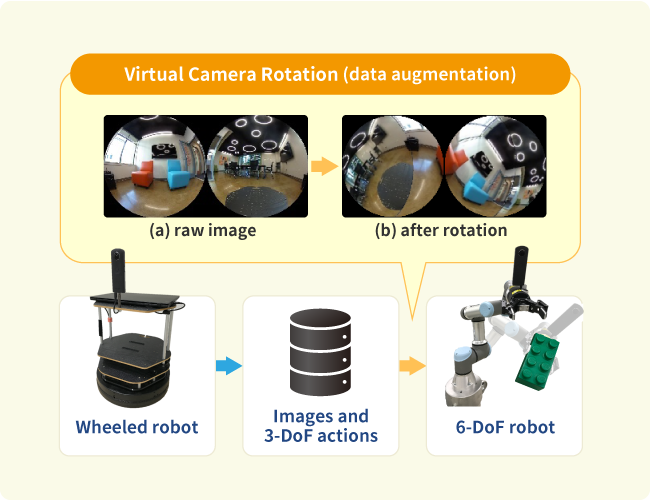
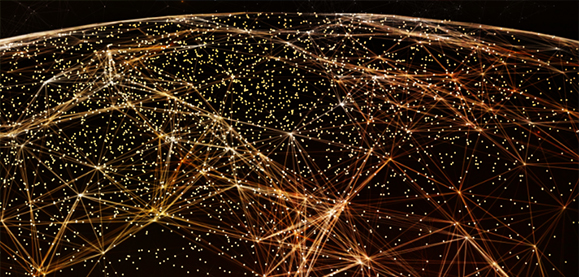
The Outstanding Technical Paper Awards (71th) – Society of Automotive Engineers of Japan –

Accepted to Neural Information Processing Systems (NeurIPS)

Outstanding Technical Paper Award (68th) – Society of Automotive Engineers of Japan –

QR Code Development Team Become First Japanese Winner of European Inventor Award (Popular Prize)

European Inventor Award 2014 Popular Prize
PROJECT 1
Undertaking the Challenge of Transforming Energy Systems to Achieve a Carbon-neutral Society
PROJECT 2
Realizing a Sustainable, Circular Mobility Society
PROJECT 3
Creating Forms of Manufacturing for the Next Generation
PROJECT 4
Human Centered Space Design for Well-being
PROJECT 5
Creating the Future of Mobility Leading to Next Generations
PROJECT 6
Conceiving Breakthroughs Ahead of Their Time